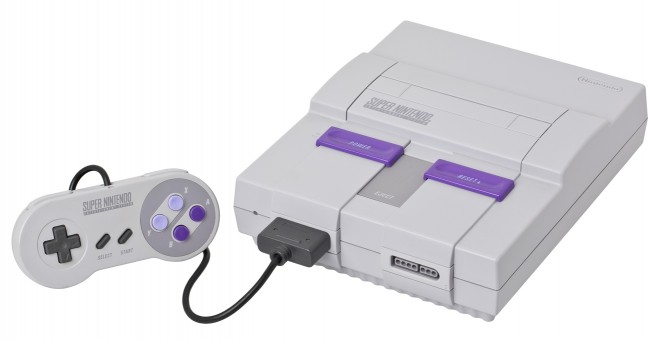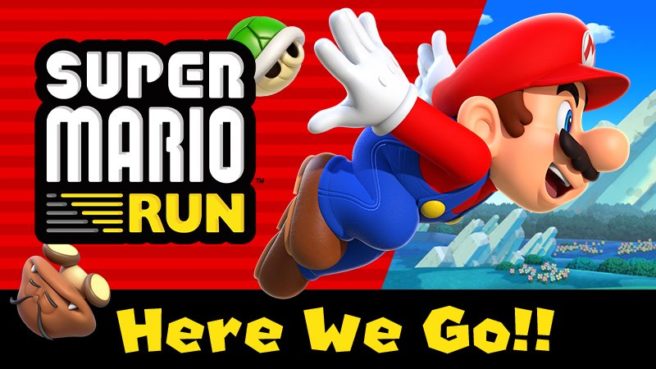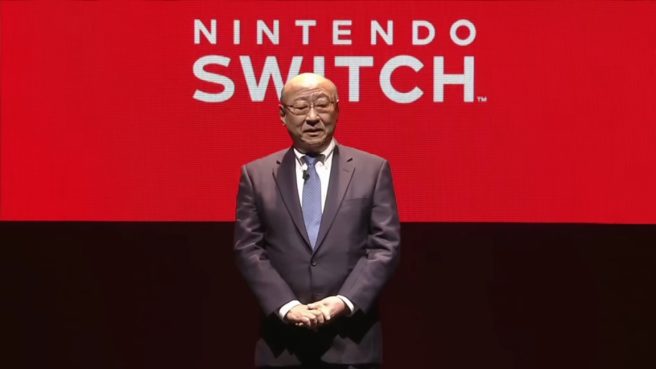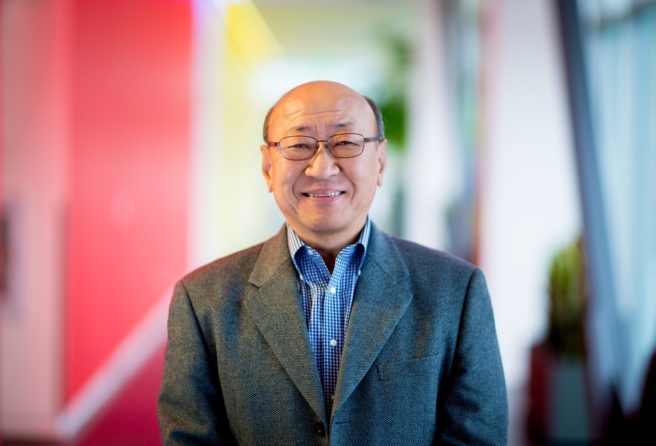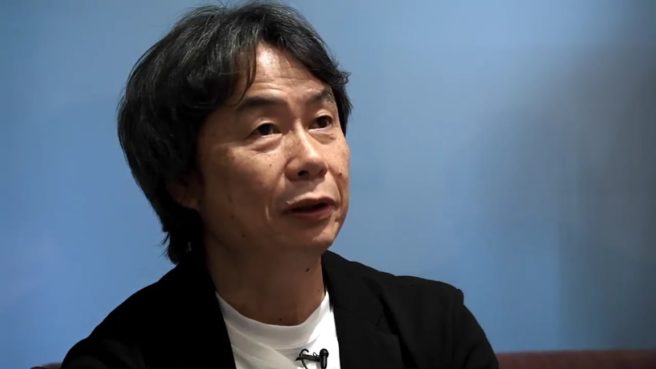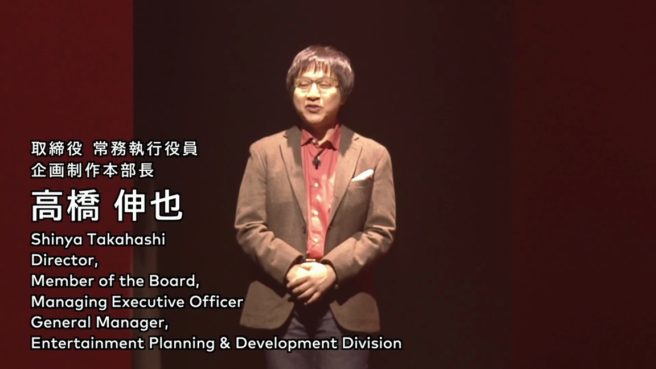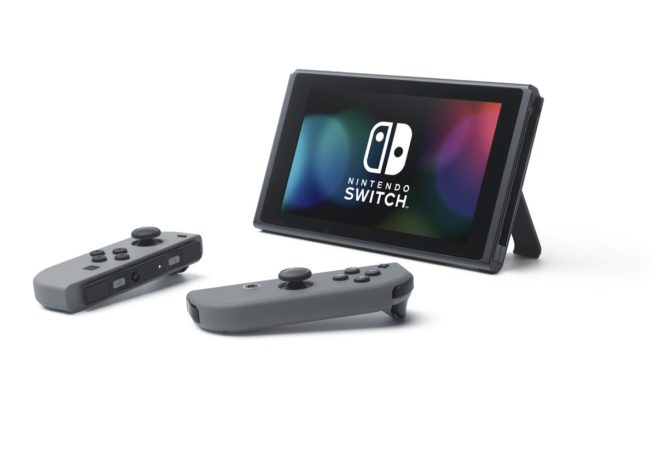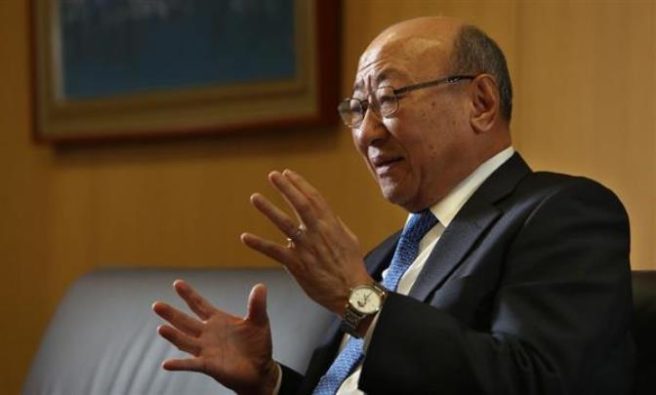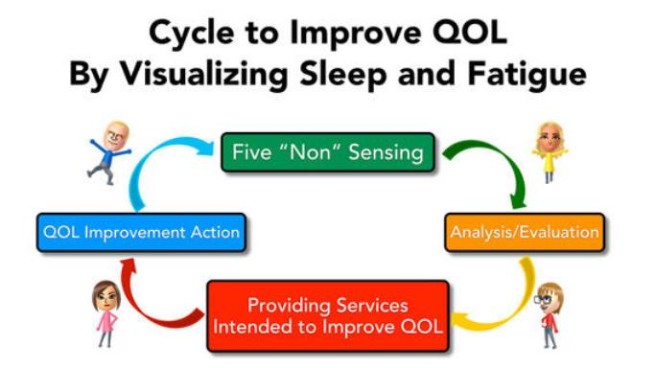Kimishima has nothing to say about a SNES Mini right now
Posted on 8 years ago by Brian(@NE_Brian) in General Nintendo, News | 0 comments
Speculation about Nintendo bringing out a SNES Mini emerged last week. The Wall Street Journal reporter Takashi Mochizuki was able to ask president Tatsumi Kimishima about the rumor at the company’s financial results briefing today, though unsurprisingly, he didn’t say much. Kimishima simply said that he has nothing to talk about now.
More: SNES, Tatsumi Kimishima
Kimishima says Super Mario Run’s revenue didn’t meet expectations, but Nintendo still prefers pay-once-and-play model
Posted on 8 years ago by Brian(@NE_Brian) in Mobile, News | 45 Comments
Super Mario Run’s revenue “did not meet our expectations,” Nintendo president Tatsumi Kimishima told Asia Nikkei. However, don’t expect the company to ditch the pay-once-and-play model, despite the success of Fire Emblem Heroes.
One senior company official at Nintendo said that “Heroes is an outlier.” This person also mentioned, “We honestly prefer the Super Mario Run model.”
More: Super Mario Run, Tatsumi Kimishima
Kimishima on Switch’s price, VR
Posted on 8 years ago by Brian(@NE_Brian) in News, Switch | 21 Comments
Earlier today, Asahi Shimbun published a brief interview with Nintendo president Tatsumi Kimishima about Switch. There were a few interesting excerpts about the system’s price and plans for VR.
Regarding price, Asahi Shimbun brought up how some people feel that Switch is expensive when compared to other gaming systems. However, Kimishima was quick to point out that the features are different, so you can not simply compare them. He thinks those opinions are not necessarily the majority. Nintendo is putting in effort to reduce costs, so the company may be able to consider a price drop in the future.
More: interview, Tatsumi Kimishima, top
Kimishima on Switch’s online service, Wii U re-releases, no initial browser, VR, 3DS successor, eSports, more
Posted on 8 years ago by Brian(@NE_Brian) in Mobile, News, Switch | 136 Comments
TIME recently secured an interview with Nintendo president Tatsumi Kimishima. To say the least, Kimishima was asked about a ton of different topics during the discussion. He had plenty to say about Switch – including its online service, re-releasing games from Wii U, internet browser (there isn’t one, at least not right now), and virtual reality. Kimishima was also asked about a 3DS successor, eSports, and more.
We’ve picked out a number of highlights from TIME’s piece below. You should be sure to give the full thing a read here.
More: interview, Tatsumi Kimishima, top
Kimishima, Miyamoto and Takeda on Nintendo’s development structure, expanding the company, more
Posted on 8 years ago by Matt(@OnePunchMaz) in General Nintendo, News | 0 comments
At the Q&A session at Nintendo’s latest Corporate Management Policy Briefing, one of the questions was about Nintendo’s internal development structure, the development team that handles the smart device games and Nintendo’s hiring process. The question was answered by company president Tatsumi Kimishima, Shigeru Miyamoto (Director, Creative Fellow) and Genyo Takeda (Director, Technology Fellow).
Q: I would like to hear more about the current and future direction of your development structure, which is widely considered to be your greatest competitive strength. Do you plan to maintain the current scale for the mid- to long-term, or will you expand it? How will you expand the smart-device team within the larger development structure? My assumption is that there are currently fewer than 100 people on this team, do you think that is sufficient? Also, what sort of employees are needed to help Nintendo grow and evolve in the future, and how do you plan to develop these employees?
A: Kimishima:
Our overall development staff has increased over the past year, but that does not mean it will necessarily continue to increase. In the entertainment industry, it is very common to take the approach of hiring employees who already have experience and technical knowledge in needed areas, in addition to developing new technology and ideas within the company. Going forward, we would like to increase the number of employees who already have some technical ability and who have fun ideas that can inspire new game experiences. These are the kind of people we see as necessary in our field of development. For smart devices, we have been developing using one of our most important IPs, Mario, so instead of using a team that had no prior experience with Mario, we had developers who worked on past Mario games join the development of Super Mario Run. The scale of the team we currently have working on apps is not as large as you
surmise. In the future, while we will plan the course of development, we may not necessarily allocate exclusively internal development resources. We would like to continue cooperating with external partners who understand Nintendo well when the situation calls for it.
Head past the break for Miyamoto’s and Takeda’s take on the subject:
More: Genyo Takeda, Shigeru Miyamoto, Tatsumi Kimishima, top
Nintendo president Tatsumi Kimishima on what sort of person would be suitable as his successor
Posted on 8 years ago by Matt(@OnePunchMaz) in General Nintendo, News | 5 Comments
At the Q&A session at Nintendo’s recent Corporate Management Policy Briefing, president Tatsumi Kimishima was asked about his eventual successor as president of Nintendo.
Q: Mr. Kimishima, what do you feel is your goal as a manager in considering your successor? What sort of person do you think would be appropriate to lead the company in the future?
A: I believe that my personal role is to consider how to create an internal structure that will allow Nintendo to continue to release entertaining products in the future. When I took on the President position, it was still too early to reveal the full details of Nintendo
Switch, our smart-device business and our efforts to use Nintendo?s IP. I have been working with both Fellows since then to make sure that these business ventures could get off to a successful start.
More: Tatsumi Kimishima, top
Kimishima and Takahashi on whether the 3DS and Switch can coexist
Posted on 8 years ago by Matt(@OnePunchMaz) in 3DS, News, Switch | 26 Comments
At the Q&A session at Nintendo’s latest Corporate Management Policy Briefing, one of the questions was about whether or not the Switch and the 3DS can coexist and the Switch’s role as a portable device. The question was answered by company president Tatsumi Kimishima and Shinya Takahashi (Director, Managing Executive Officer, General Manager of Nintendo’s Entertainment Planning and Development Division).
Q: How do you plan to make it so that Nintendo 3DS and Nintendo Switch will coexist in the marketplace? And, if the users start recognizing Nintendo Switch as a portable gaming device and using it as such, will it make sense for the company to release a next-generation portable game device?
A: Kimishima:
As for your question on the Nintendo 3DS, we believe it can coexist with Nintendo Switch for the time being. Nintendo 3DS is a different system from Nintendo Switch in terms of its shape, weight, price and the types and number of available software titles. From this perspective, I believe parents will opt to choose Nintendo 3DS as their children?s first video game system. So we recognize that Nintendo 3DS as a portable game device meets different needs and fits different markets than Nintendo Switch, and we will keep this recognition in mind as we consider the future of our dedicated portable video game business.
More: Shinya Takahashi, Tatsumi Kimishima, top
Kimishima thinks Switch could sell as well as Wii, will have monthly and yearly plans for online service, more
Posted on 8 years ago by Brian(@NE_Brian) in News, Switch | 47 Comments
Japanese publication Nikkei has additional comments from Nintendo president Tatsumi Kimishima about Switch and more.
First, Kimishima reiterates that pre-orders are going well. Since Nintendo is offering a new type of play style and experience in the form of a portable home console and controller that can sense the player’s motion, it is familiar to Wii in some ways. Kimishima thinks there is potential for Switch to sell as well as Wii.
We also have one extra note on Switch’s online service. To reiterate, it will cost between 2,000 and 3,000 yen per year. Kimishima says monthly and yearly payment options will be available.
More: interview, Tatsumi Kimishima, top
Nintendo to release 2-3 mobile games per year, could work with a company other than DeNA
Posted on 8 years ago by Brian(@NE_Brian) in Mobile, News | 8 Comments
Nintendo president Tatsumi Kimishima delivered an update on the company’s mobile plans during a financial results today.
According to Kimishima, 2-3 titles will be produced each year. He also said that DeNA’s efforts allows for these games to be possible. However, Kimishima wouldn’t deny the possibility of asking support from other companies in the future.
When Nintendo announced its partnership with DeNA back in 2015, the big N bought a 10 percent stake in DeNA. DeNA meanwhile purchased 1.24 percent of Nintendo. The two sides have been working together exclusively on Nintendo’s mobile efforts since then.
More: Tatsumi Kimishima, top
Nintendo still working hard on Quality of Life plans
Posted on 8 years ago by Brian(@NE_Brian) in General Nintendo, News | 5 Comments
Nintendo’s Quality of Life product might be the most mysterious product inside the company right now. Even though plans were announced years ago for a device that monitors a person’s sleep, we’ve yet to see anything of it.
Yet despite the lack of silence, Nintendo is still tinkering away on its Quality of Life initiviate. President Tatsumi Kimishima said today that the big N is still working hard to release something satisfactory in this area. He sadly didn’t say anything further though.
